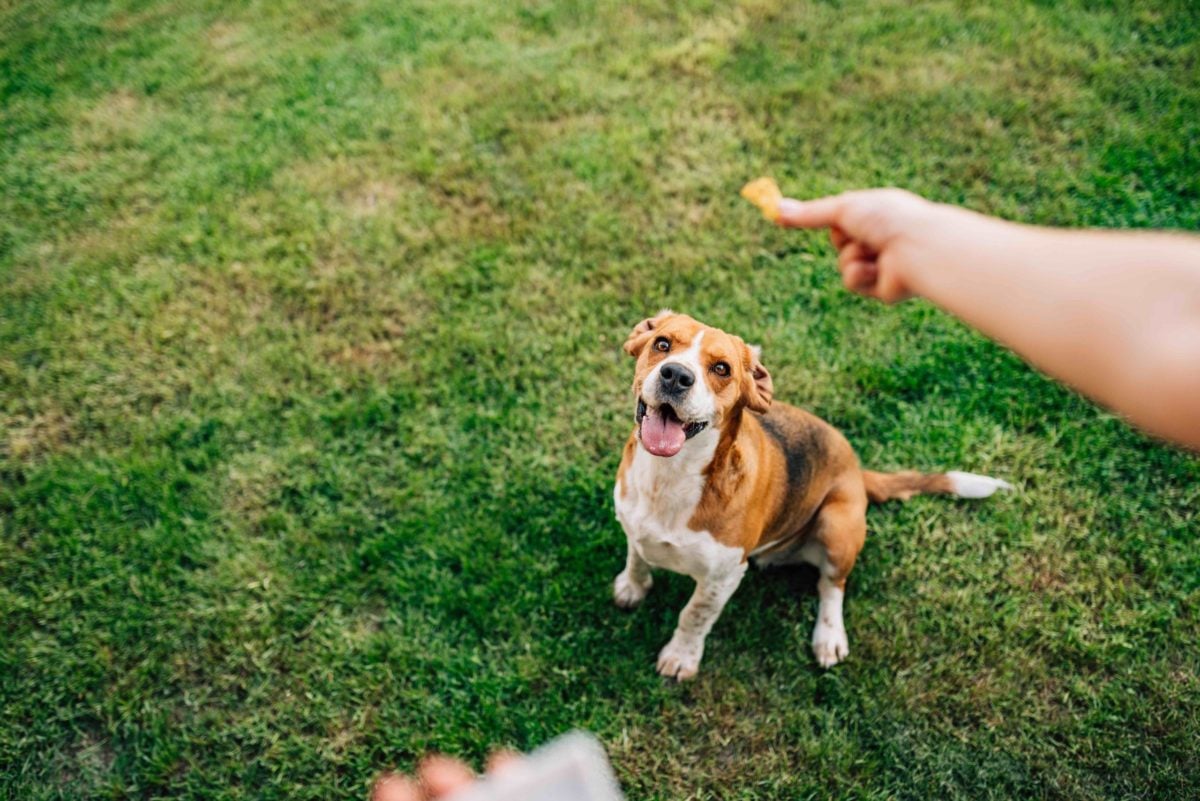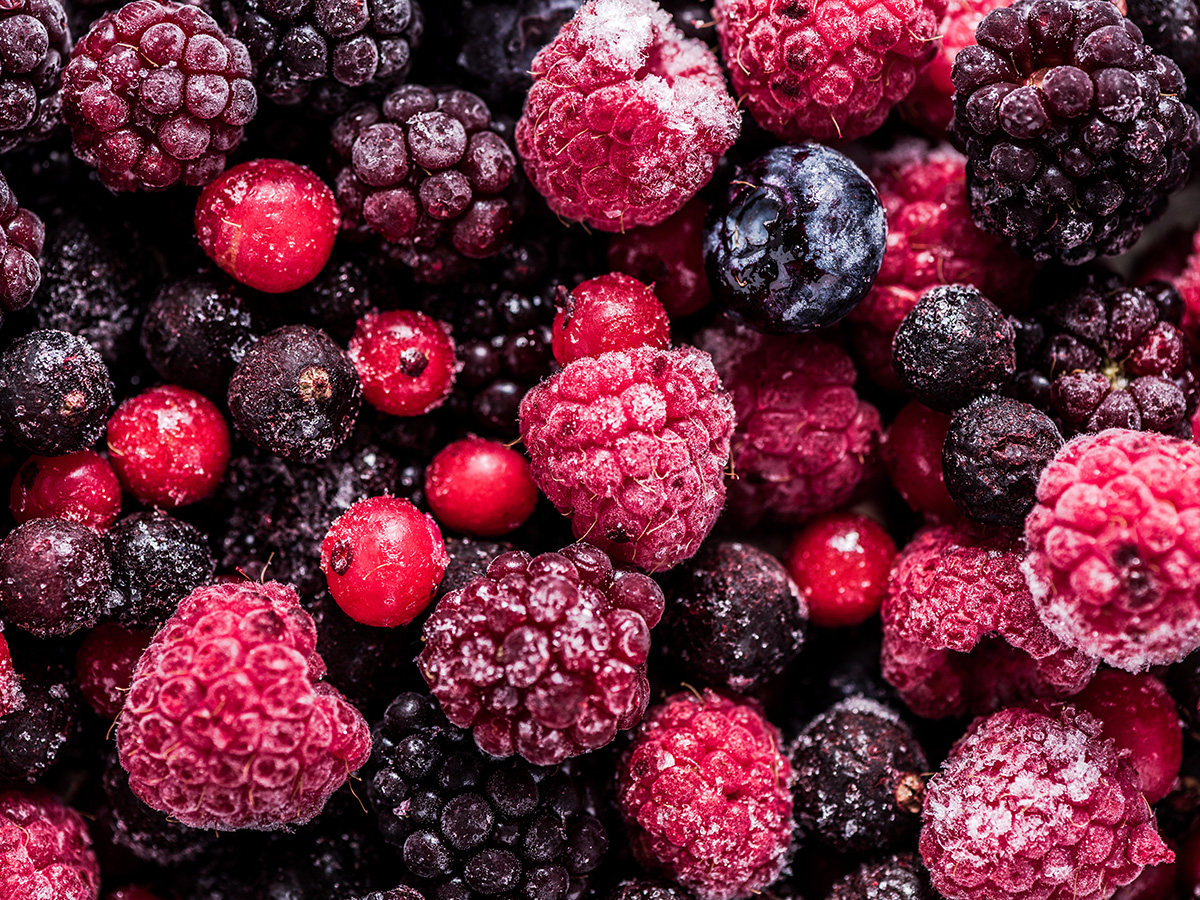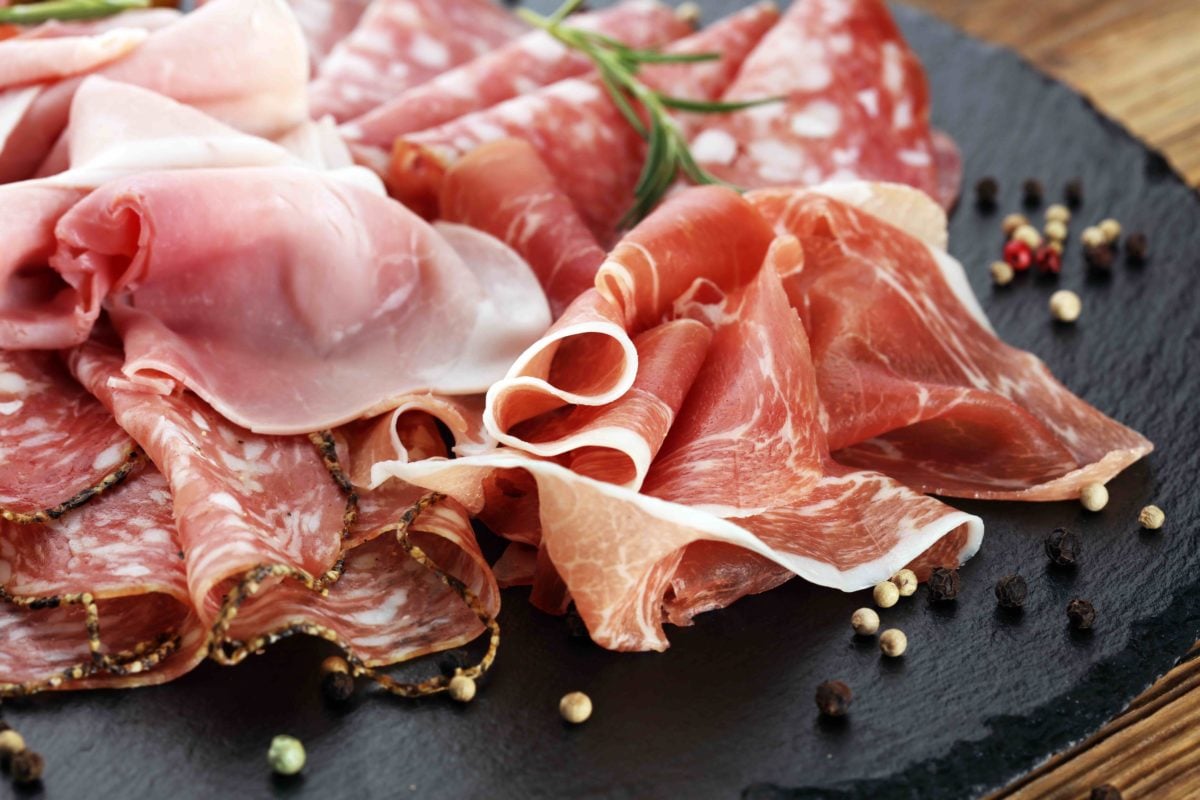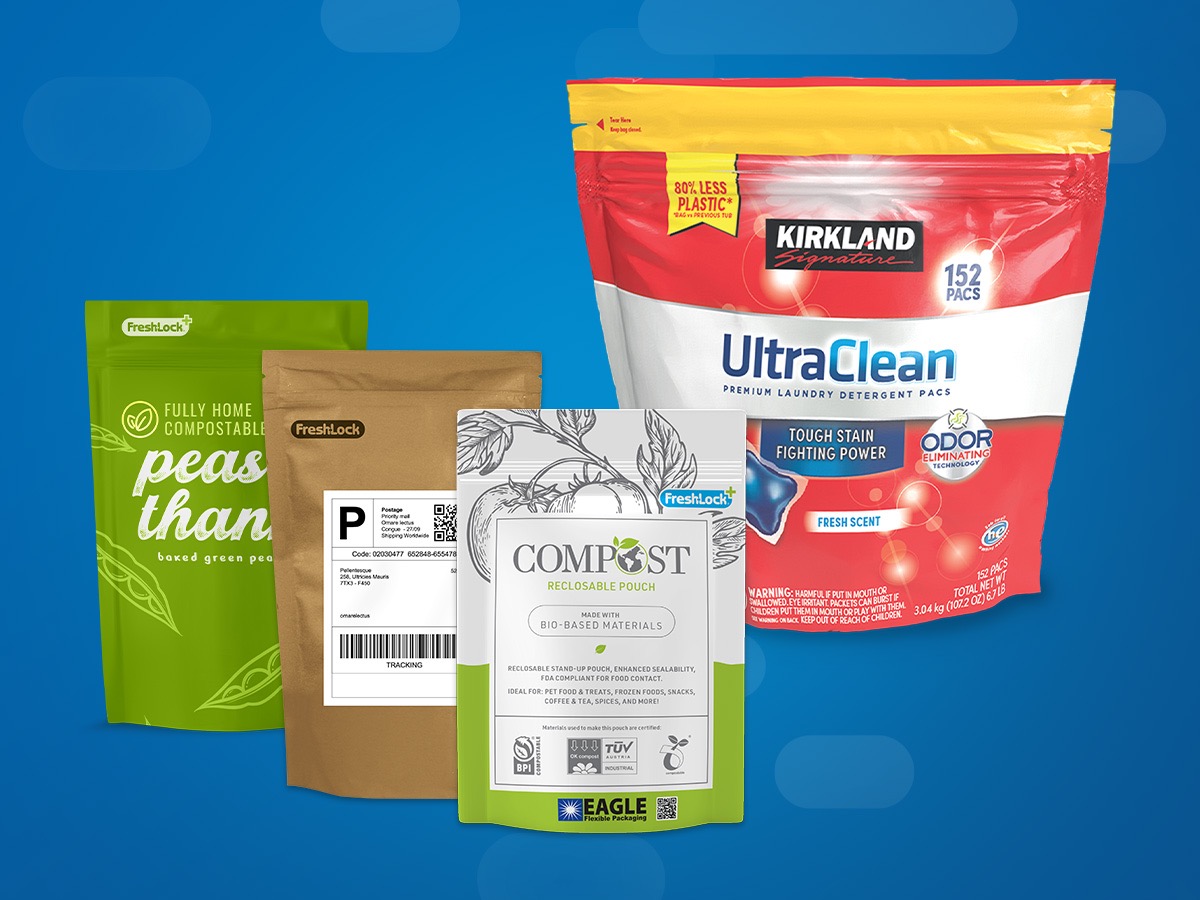
Embracing Sustainability: 3 Ways Pet Food Packagers Can Go Green
According to the most recent Packaged Facts Pet Food in the U.S. Report, sales of dog and cat food are expected to reach $38 billion by 2024—a significant increase over the $29 billion in sales in 2019. According to the report, much of this jump can be attributed to the increase in pet adoptions and fostering in 2020.
At the same time, consumers are more heavily utilizing e-commerce than ever, with e-commerce projected to become the primary retail channel for pet food between now and 2024. Consumer demand for healthy, premium products are continuing to rise, along with premium, yet sustainable packaging—while the pandemic temporarily put a pause on sustainability initiatives for many brands, it has strengthened the consumer demand for green options. Scholar Randi Kronthal-Sacco of the NYU Stern Center for Sustainable Business notes, “sustainably marketed products have been driving growth. They haven’t been affected by COVID. In fact, they’ve actually grown.”
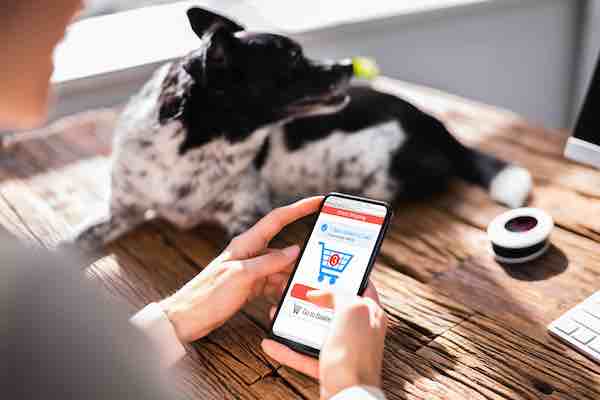
And, new findings from a survey by Mondi Group and Dow Chemical support these observations, particularly in how those demands relate to packaging. The survey reveals that 75% of consumers would feel more positively about a brand that made its packaging more sustainable, and they also prioritize freshness as a packaging feature.
“Reclosable packaging, tied to freshness, is ‘the single biggest opportunity to impress consumers.’” – Mondi & Dow Chemical Survey
Pet parents are no exception to the consumers who want to see more sustainable packaging. Mordor Intelligence calls sustainability “the most significant trend in packaging right now,” and as of 2019, some 30% of U.S. pet owners try to avoid pet foods with excess packaging, according to Packaged Facts consumer surveys.
It’s clear, then, that sustainability is more than just a trend for pet owners and consumers across industries.
So, what does it mean for your brand? While many brands are scaling back on packaging features, such as premium packaging materials and convenience options, it’s more important than ever to consider the role your packaging plays in reaching consumers with ever-growing demands.
Here are a few ways you can reach eco-minded consumers while adding value to further make your product stand out on the shelf.
1. Rethink Your Pet Food Packaging Format
While the pet food market has made no shortage of advancements in packaging design thanks to emerging technologies, many brands are opting for packaging that’s traditionally gotten the job done: aluminum cans, polywoven bags, or rigid plastic containers.
“For pet treats, those marketed with sustainable claims saw about 70% sales growth from 2015-2019, compared to about 30% growth for treats without sustainable claims.” –NYU and IRI research
However, flexible packaging provides a number of opportunities for pet food brands, particularly when it comes to sustainability. While other packaging formats may offer recyclability and cost benefits, the recycling process can be confusing for consumers and many cans and rigid containers still end up in landfills. And, these formats can have downsides in earlier parts of their life cycles—compared to flexible packaging, rigid containers can have a larger carbon footprint and use more water in the manufacturing process. Biodegradable and compostable formats are other emerging options, but we currently lack the infrastructure to support follow-through at the end of the life cycle.

Hills’ fully recyclable polyethylene (PE) package provides sustainability benefits without sacrificing appearance or performance, featuring stunning graphics, a reclosable Fresh-Lock® zipper for convenience, puncture-resistance, and more.
While biodegradable and fully recyclable packaging is ideal, pet food brands looking to innovate for sustainability should focus on reducing waste from the start and creating efficiencies throughout the entire life cycle of the package.
2. Choose a Recyclable Closure
Many pet food companies are moving to Velcro closures or removing closures entirely for cost-effectiveness. However, consumers are looking for convenience features, particularly when purchasing premium pet food products. And, they want assurance that their pets’ food will remain healthy and fresh—60% of pet parents are concerned about the safety of pet food and 66% of dog owners note fear of pet food contamination as a top consideration in the foods they buy, according to Packaged Facts.
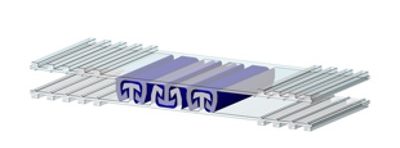
Fresh-Lock® zipper style 8503 is completely recyclable and offers resealability while maintaining a secure oxygen barrier for protection from contaminants.
Adding a recyclable closure helps offer the convenience of reclosability while providing a sustainable option and increasing the likelihood that your product will remain in its original packaging, preserving billboarding effects. Closures like those in the Fresh-Lock® 8000 series provide a fully-recyclable option that creates added value for brands and consumers alike.
3. Close the Loop
Reducing waste throughout the manufacturing, shipping, and packaging process and adding recyclable features are notable efforts in adding sustainability to your processes. However, you’ll also want to ensure you’re supporting the circular economy by educating your consumer on how to properly recycle your packaging. Additionally, you can participate in initiatives like the Fresh-Lock® Green Spool Program, which allows packagers to return zipper spools to be reused.
Balancing Sustainability with Convenience
Today’s pet owners are looking for more out of their pets’ food packaging than earlier generations, making the competition between brands stronger every year. That means pet food packagers looking to stay on the leading edge will want to prioritize innovation over cost-saving measures to draw in new consumers and ensure consumer loyalty.
“Innovation is key for brand owners and consumers who are more discerning than ever … as the pet food industry continues to grow, so do the demands on packaging companies to offer differentiated and functional solutions.” –Maria Halford, Vice President of Global Marketing, ProAmpac
Reclosable flexible packaging is one way pet food brands can gain a competitive advantage in today’s increasingly demanding market. To learn more about features you can add to reach more consumers, reach out to the Fresh-Lock® team today, browse content on our blog, or view our infographic on the major drivers of today’s pet owners.

 Back to Blog
Back to Blog